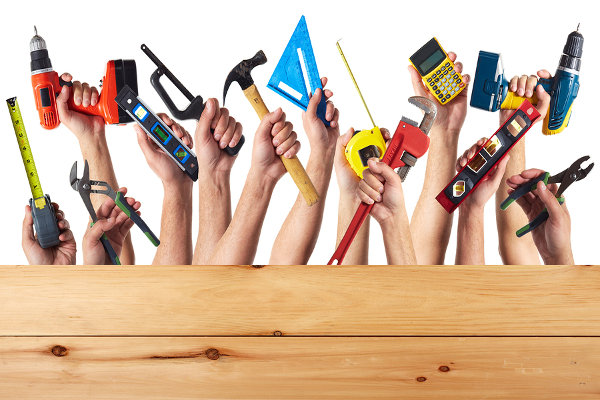Hand Tool Safety

One of the key issues associated with hand tool safety is choosing and using the right tool. Unfortunately, many people use tools improperly at home, where they improvise with what they have on hand. Also, many people view hand tools as simple to use, so there is little concern for safety. In reality, a person using hand tools, no matter what they are, should always follow safety precautions.
Approximately 8 percent of industrial incidents result from the improper use of hand tools, according to studies. Injuries range from simple cuts, contusions and abrasions to amputations, fractures and punctures.
Below are examples of improper use of hand tools. Have you done any of these?
- Pushing rather than pulling a wrench to loosen a tight fastener.
- Bending metal with undersized pliers, which can damage the pliers and the metal.
- Holding an item youre working on in one hand while attempting to remove a screw with a screwdriver in the other hand.
- Cutting toward your body with a cutting tool
- Using dull cutting tools.
- Filing materials not properly secured in a vise with no handle on the file.
- Using a tool not sized properly for the job (e.g., sockets that are slightly larger than the fastener).
- Not only do you need to utilize the tool properly, but it needs to be in good shape. Take a moment before using any hand tool to ensure that it is in good shape. Things to look for include:
- A hammer with a chipped head and/or with a loose or broken handle;
- A screwdriver with a worn or broken tip;
- Any cutting tool with a dull surface;
- Chisels with a mushroomed head;
- Tools that have had their temper removed
Hand tools can be as dangerous as power tools. Make sure you use them correctly.
